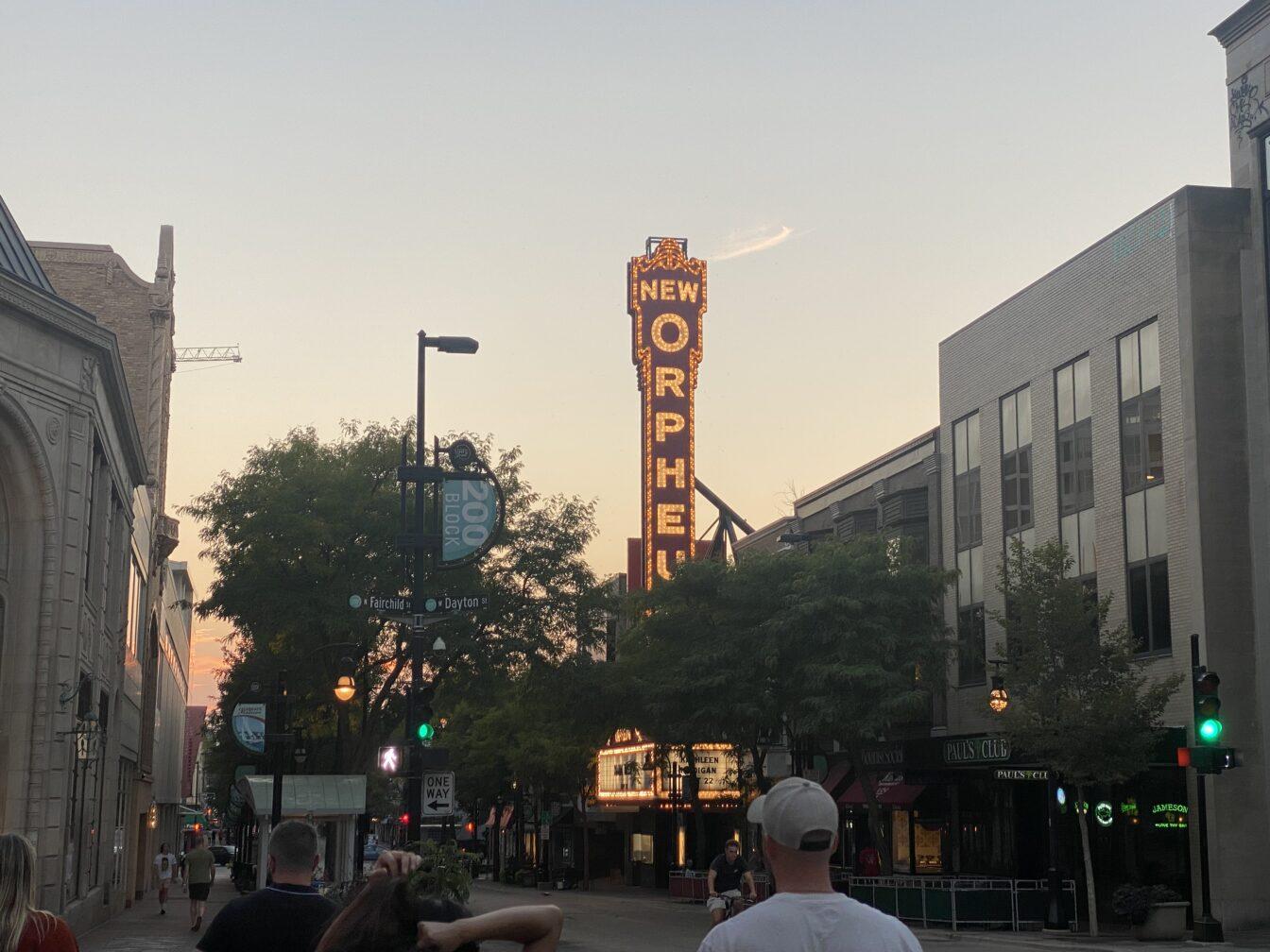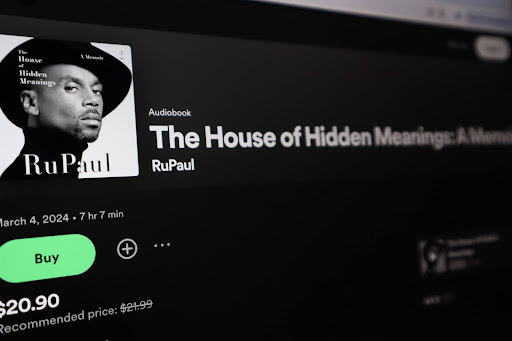In 1987, long before the Indie film revolution came (and went), old art-house theaters thrived quietly, on college campuses and in sophisticated urban neighborhoods, showing foreign films, small-budget pre-indies and “Rocky Horror” on weekends at midnight.
“Swimming to Cambodia” was not a film for the multiplex. It was hardly even a film for film, as it showed little more than one man, Spalding Gray, sitting at a desk, reciting a monologue revolving around his experiences as a member of the cast of “The Killing Fields.”
“The Killing Fields” was the kind of “indie with a budget” film that made large-scale cinema palatable during the Reagan years. Spalding Gray had a fairly minor role in the film, but his recollections, cast up on screen by director Jonathan Demme, were amusing, touching and compelling. He was fun to watch and hear.
Demme, halfway between 1984’s “Stop Making Sense” and 1991’s “The Silence of the Lambs” framed Gray’s monologue perfectly. The rhythm of the movement of the camera, subtle as can be, passes an hour and a half without a moment’s lull.
The fact that “Monster in a Box,” the 1992 follow up, is less masterful, is in part due to a less precise performance and a less intriguing subject — namely, Gray’s difficulties in writing a massive piece of autobiographical fiction.
But more it is due to Demme’s absence. In his place: the unheralded Nick Broomfield, whose next three notable films would be, in reverse order, “Biggie and Tupac” “Kurt and Courtney” and “Heidi Fleiss: Hollywood Madam.”
Here, he does an amateurish imitation of Demme’s work on “Cambodia” similar but lacking in subtlety.
Nonetheless, it gives a more general account of Gray’s personality, accentuating his WASP-Woody-Allen neuroses.
“Gray’s Anatomy” (1996) directed by Steven Soderbergh (“Traffic”), takes these issues to the next level as Gray describes the lengths to which he went to try to avoid surgery to correct an eye condition. At his most personal, he also seems most detached. The interruption of his monologue by documentary interviews with survivors of various unsettling ocular problems is nearly as affecting as the anecdotes shared by the storyteller.
But we do see him as more fragile and insecure, and his references (throughout all three films) to his mother’s suicide and his own fears and thoughts about death are eerily poignant in retrospect.
I was in New York recently, about a week after Gray’s body had been fished from the East River. I drove past the River and reflected on mortality and the like. I had no stunning revelations.
Spalding Gray was a fascinating performer and maybe an even more interesting person. But, after a life in the arts as an actor, writer, and one of a rare breed of successful monologists, a 2001 car accident reportedly left him depressed and despondent. In January he went missing, to be found dead two months later. If it was suicide, as would seem to be the case, it would seem to be an unpleasantly poetic end.













